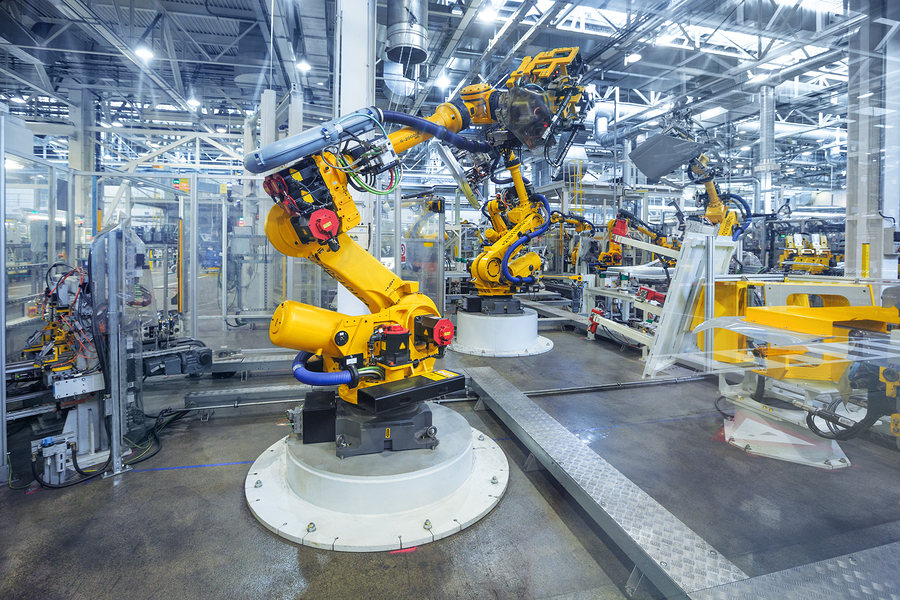
This time next year, Ford will stop making cars in Australia. Shortly afterwards Holden and Toyota will watch their final vehicles rolling off their production lines.
By 2017, 90 years of Australia’s love affair with making its own cars and trucks will be over – a demise which some commentators say will lead to a major shakeup in the country’s economic fortunes.
Certainly from an employment perspective, the end of Aussie-built vehicles is going to make a dent: Holden will lose 2300 jobs from manufacturing plants in South Australia and Melbourne, and Toyota will cut 2600 workers. The knock-on effect across direct suppliers is likely to cost tens of thousands of people with Holden claiming the industry employed 45,000 directly in Australia with between three and six times that number employed in supporting industries.
It hasn’t always been this way. And as this article on stuff.co.nz shows, Aussie-built classic cars have long been the rage on this side of the Tasman too, with enthusiasts sourcing and importing the best top models into New Zealand.
In the article about New Plymouth’s Aussie Car Muster organisers Graeme Scown and Wayne Jacobsen, the five most influential models from over The Ditch were singled out:
Austin Tasman and Kimberley: Front-wheel drive sedans with a 2.2-litre engine built between 1970 and 1972.
Chrysler Valiant AP5: The first Valiant made in Australia rather than being assembled.
Leyland P76: The 1973 Leyland Australia answer to the Falcon, Kingswood and Valiants.
Mitsubishi Magna: Between 1985 and 2005, this was the first Aussie-made and developed car to be exported overseas in large numbers.
Nissan Pintara: Another uniquely Aussie-developed car exported to New Zealand as the Bluebird.
But the origins of the motor industry in Australia date back much further than the 1970s. The first man credited with creating an Australian-developed and built car was Harley Tarrant in 1901.
The first company to move into mass production was Holden & Frost – a company which progressed from saddlery in the mid-19th century to repairs on motor vehicle upholstery by 1908 and building motorcycle sidecar bodies from 1913.
First World War restrictions led Holden & Frost to move into building car bodies from 1917 and, by the late 1920s they were constructing bodies for Dodge, Chevrolet and Buick to feed a market also served by imports from General Motors.
The two companies merged in 1931 and by 1937 claimed 40% of the market – although only now did they consider creating a whole car under the Holden brand. The FX was released in 1948 and, by the following year, 20,000 vehicles were rolling off the production line.
By the 1950s US and European makers were importing so many cars to Australia that companies like Volkswagen saw the use in creating assembly plants there – but they couldn’t compete with Holden who commanded more than 30% of the market and had started exporting to New Zealand and South-East Asia.
The only other rival was Ford who gained a reputation for manufacturing large US muscle cars and their launch of the Falcon in 1960 set up a US v Australia rivalry which still exists today.
That Holden versus Ford rivalry continued through the 1970s (with Chrysler a distant third) popularised by races such as the Bathurst 1000 although marketing around pollution and fuel efficiency saw the introduction of more smaller Japanese makes and models such as Datsun.
Chrysler was sold to Mitsubishi in 1981 and Toyota (which had bought out British Leyland) also started assembling vehicles, meaning that when Isuzu merged with GM, the Australian car industry was heading into the 1990s with a decidedly Asian feel – albeit with Ford and Holden still out at front.
This was reinforced as more European manufacturers started to pull out of sales in Australia and were replaced by the likes of Daewoo, Hyundai, Kia, Suzuki and Proton.
By 2003, Holden and Ford were bumped off the top of the ladder by Toyota who sold a record 186,000 vehicles in the year and produced their two-millionth Aussie-built vehicle the following year.
By 2008 Toyota’s dominance combined with Isuzu’s split from General Motors spelled problems for Holden who started to look to central Government for grant to support the ailing industry.
These bailouts continued through the economic turmoil of recent years before Ford announced it would pull out in May 2013 and incoming Prime Minister Tony Abbott said in 2013 that the $A500 million funding for the industry would be cut.
After much wrangling over how much support the Government was will to provide, GM pulled the plug on Holden in late 2013 and Toyota, who still claimed to have a good export market and a strong business plan but who needed the security of a joint supply chain with GM-Holden, called it quits two months later.
Our easy - 3 step shipping process
×Tell us the pick up location and we'll arrange a date & time
We handle all customs & shipping including insurance
Enjoy your toy, after it's delivered to your door anywhere in NZ.



